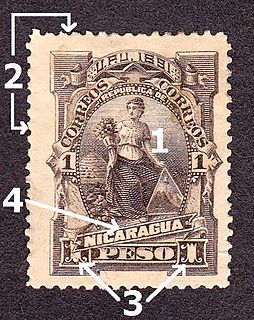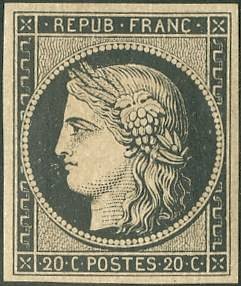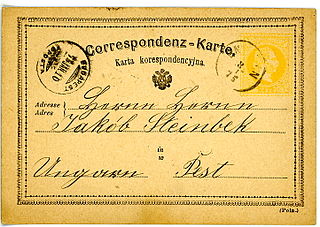
Postal cards are postal stationery with an imprinted stamp or indicium signifying the prepayment of postage. They are sold by postal authorities. On January 26, 1869, Dr. Emanuel Herrmann of Austria described the advantages of a Correspondenz Karte. By October 1, 1869 the world's first postal card was produced by Austria-Hungary. They caught on quickly. By the end of 1870, Great Britain, Finland, Switzerland and Württemberg joined the countries issuing postal cards. In the United States, they were first produced in 1873. Some of the forms taken by postal cards include the regular single card which may be commemorative or definitive, attached message-reply cards, airmail postal cards, and official postal cards used for official government business with a "penalty for private use".

A piece of postal stationery is a stationery item, such as a stamped envelope, letter sheet, postal card, lettercard, aerogram or wrapper, with an imprinted stamp or inscription indicating that a specific rate of postage or related service has been prepaid. It does not, however, include any postcard without a pre-printed stamp.

A definitive stamp is a postage stamp that is part of the regular issue of a country's stamps, available for sale by the post office for an extended period of time and designed to serve the everyday postal needs of the country. The term is used in contrast to a "provisional stamp", one that is issued for a temporary period until regular stamps are available, or a "commemorative stamp", a stamp "issued to honor a person or mark a special event" available only for a limited time. Commonly, a definitive issue or series includes stamps in a range of denominations sufficient to cover current postal rates. An "issue" generally means a set that is put on sale all at the same time, while a "series" is spread out over several years, but the terms are not precise. Additional stamps in a series may be produced as needed by changes in postal rates but some values may be permanently available, regardless of prevailing rates, for instance 1c or 1p and $1 or £1.

This is an overview of the postage stamps and postal history of Denmark.
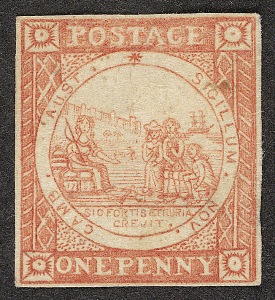
This is a survey of the postage stamps and postal history of New South Wales, a former British colony now part of Australia.
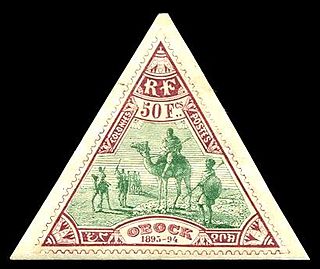
During its time as a French colony, Obock issued its own postage stamps. At first the inhabitants used the general stamps of the French Colonies, but in 1892 they were overprinted with "OBOCK", as were stamped post cards. Later in the year some of these were also surcharged with values from 1 centime to 5 francs. By the end of the year, a supply of the omnibus Navigation and Commerce issues became available, inscribed OBOCK in red or blue.
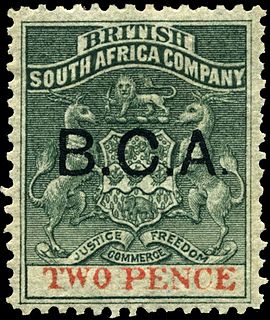
The British Central Africa Protectorate existed in the area of present-day Malawi between 1891 and 1907.
The French Congo was the original French colony established in the present-day area of the Republic of the Congo, Gabon, and the Central African Republic. It began in 1880 as a protectorate, and its borders with Cabinda, Cameroons, and the Congo Free State were established by treaties over the next decade. French Congo was temporarily divided between Gabon and Middle Congo in 1906, before being reunited as French Equatorial Africa in 1910 in an attempt to copy the relative success of French West Africa.

Gabon is a country in west central Africa sharing borders with the Gulf of Guinea to the west, Equatorial Guinea to the northwest, and Cameroon to the north, with the Republic of the Congo curving around the east and south. Its size is almost 270,000 km² with an estimated population of 1,500,000. The capital and largest city is Libreville.
This is a survey of the postage stamps and postal history of Macau.

This is a survey of the postage stamps and postal history of Cuba.
This is a survey of the postage stamps and postal history of Mozambique.

This is a survey of the postage stamps and postal history of Cyprus. The country's postal history is intricately linked to the island's political past.

This is a survey of the postage stamps and postal history of Gibraltar.

This is a survey of the postage stamps and postal history of Sudan. Sudan was governed by the United Kingdom and Egypt from 1898. Independence was proclaimed on January 1, 1956.

The story of Japan's postal system with its postage stamps and related postal history goes back centuries. The country's first modern postal service got started in 1871, with mail professionally travelling between Kyoto and Tokyo as well as the latter city and Osaka. This took place in the midst of the rapid industrialization and social reorganization that the Meiji period symbolized in Japanese history. Given how the nation's railroad technology was in its infancy, Japan's growing postal system relied heavily on human-powered transport, including rickshaws, as well as horse-drawn methods of delivery. For example, while commemorating the 50th anniversary of Japan's postal service, the country's 1921 government released decorative postcards depicting intrepid horseback riders carrying the mail.
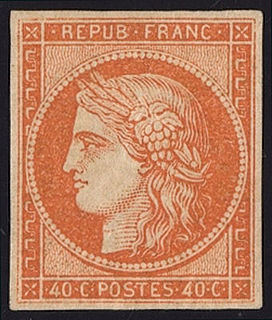
This is a survey of the postage stamps and postal history of France.

This is a survey of the postage stamps and postal history of Natal. Natal was proclaimed a British colony on 4 May 1843 after the British had annexed the Boer Republic of Natalia.
